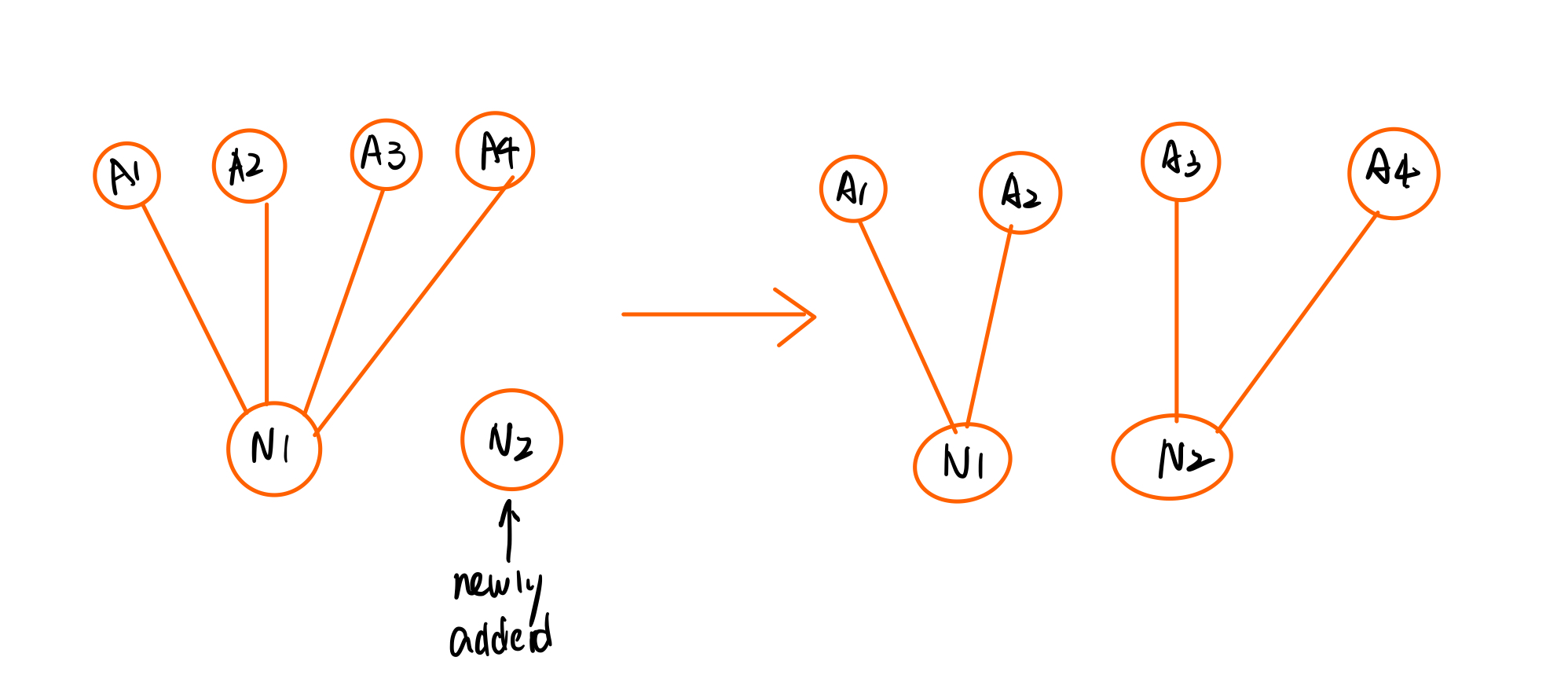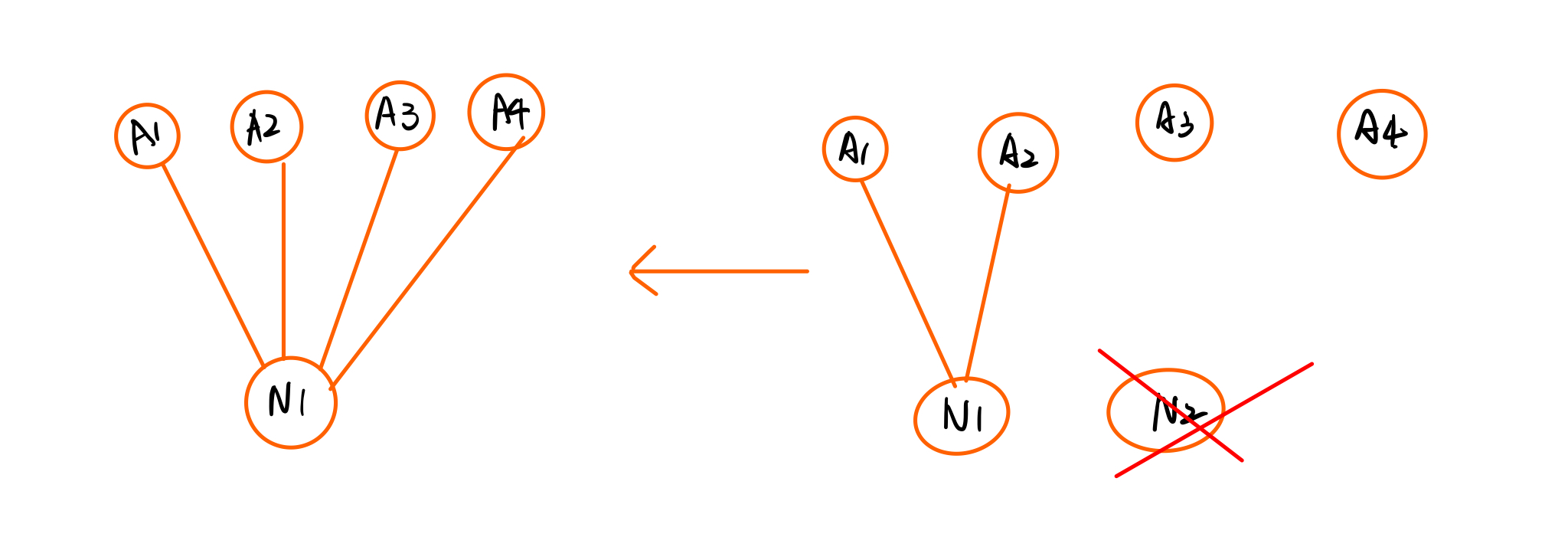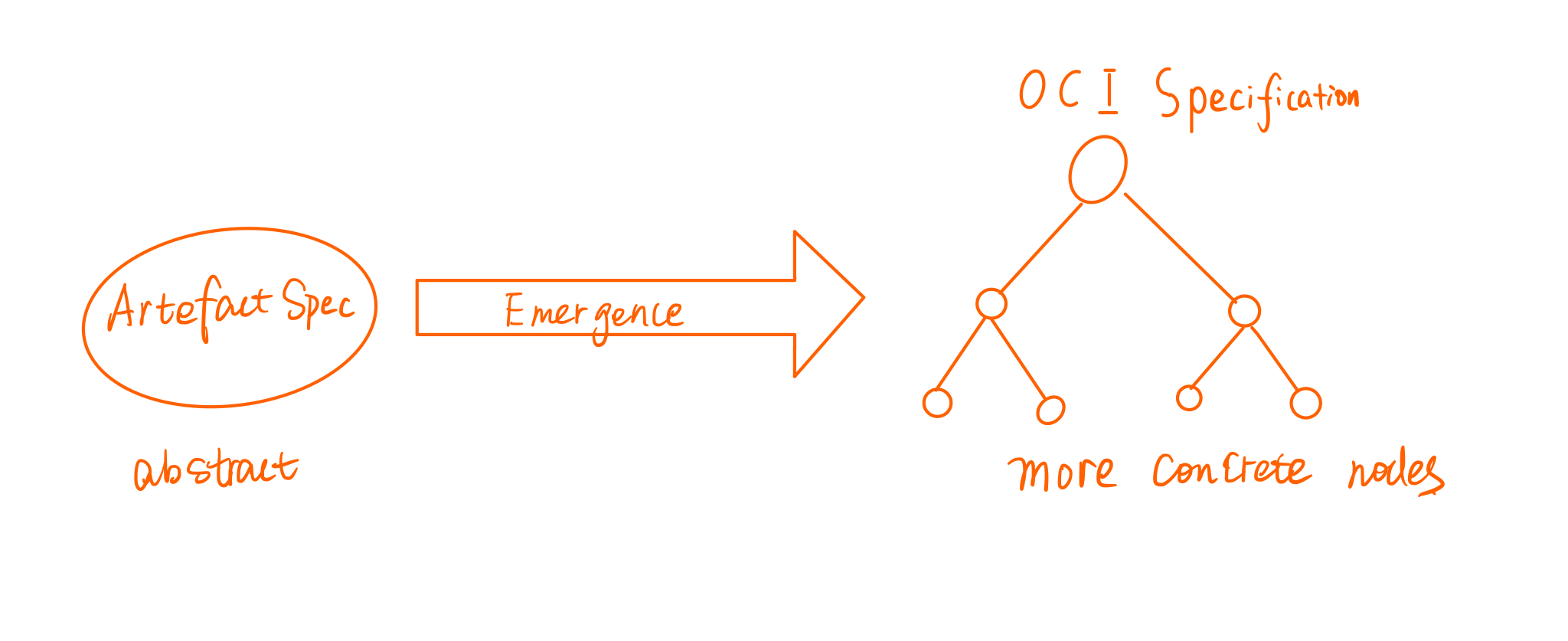Graph rewriting
the technique of creating a new graph out of an. original graph algorithmically.
basic idea
- state of a computation → graph
- steps in that computation → transformation rules on that graph.
structure
- a transformation rule consist of :
- original graph, which is to be matched to a
- subgraph in the
complete state, - replacing graph, which will replace the matched subgraph.
- represented as : L→R
L is called pattern graph (or left-hand side) R is called replacement graph (or right-hand side)
how to apply the rule to the host graph:
- searching for an occurrence of the pattern graph L. (pattern matching )
- replace the found occurrences with the replacement graph R.



https://en.wikipedia.org/wiki/Graph_rewriting